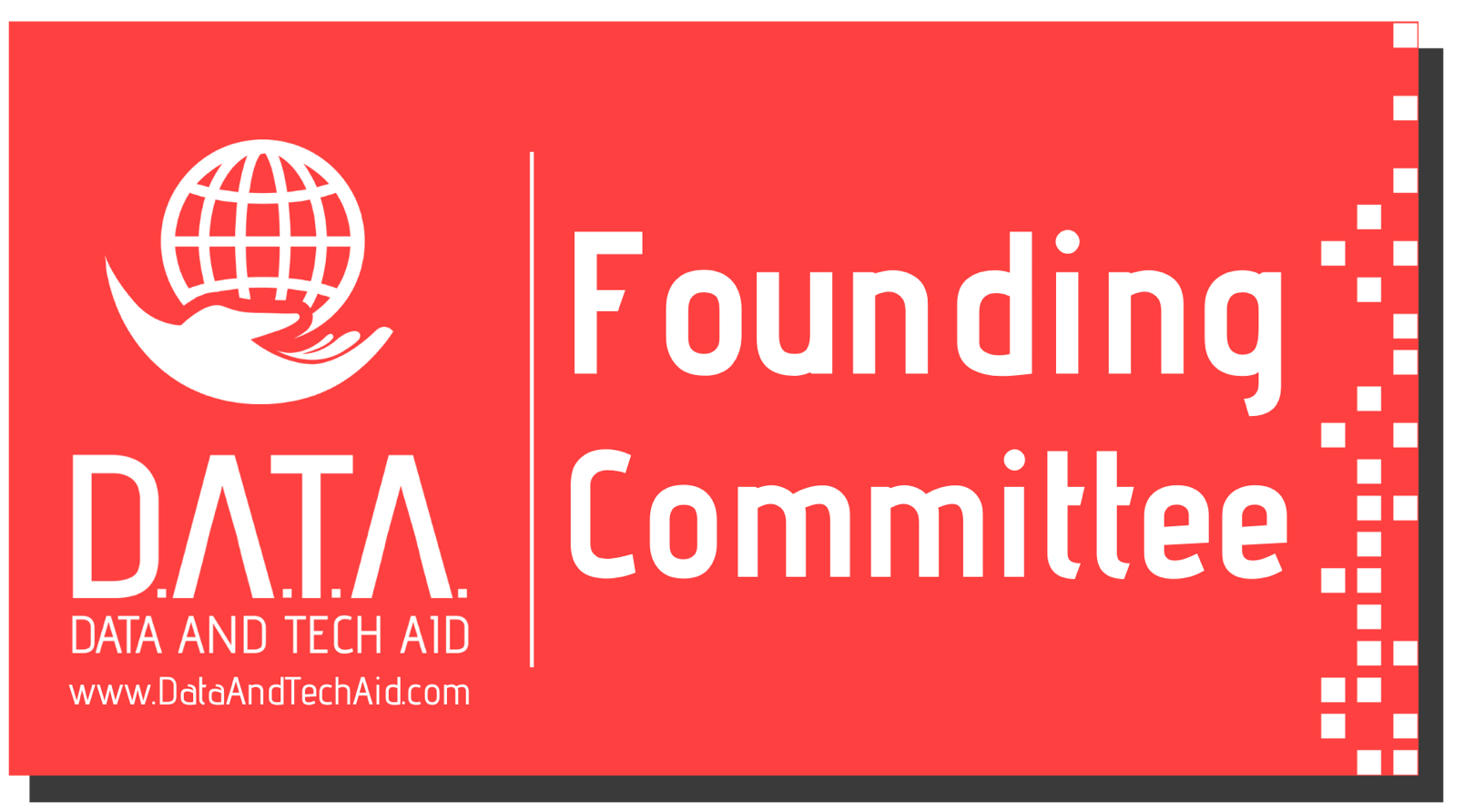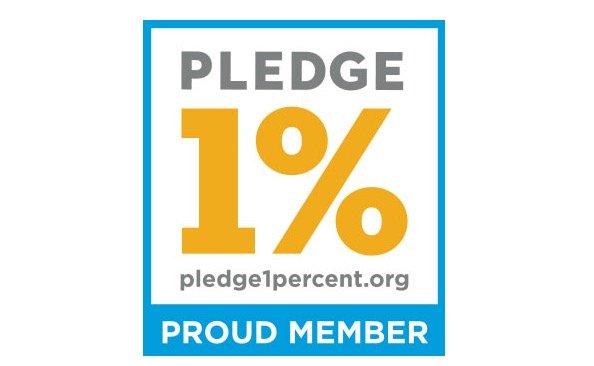Data Governance Interview with Jorg Schorning
/In this interview Jorg Schorning has been kind enough to share his experiences working in Data Governance. Jorg has been working since 1987 in mostly the utilities, healthcare (care not cure) related to data, information, architecture and business processes. Nowadays he specialises in Enterprise Architecture, Data management and COBIT5 Governance related questions. He currently works for a Dutch consultancy firm Novius, where he acts as Consultant, Architecture/Data coach/trainer and COBIT Assessor.
How long have you been working in Data Governance?
Data Governance hands on: as a project leader I had to migrate lots of Data from old systems to new replacements, but always with the major responsibility to archive the old data for regulatory reasons. As an Architect I deliver services to several clients in order to get Common Data Models in place and maintained. So in total more then 20 years. Looking at the aspects of DAMA, in almost every aspect I have had assignments to optimize process and data working together.
Some people view Data Governance as an unusual career choice, would you mind sharing how you got into this area of work?
First of all let me explain in general how I see governance comparing to management. Governance is steering, giving direction to, monitor this direction and evaluate to adjust the direction with a rather longtime horizon in mind and not more. Management however is more the HOW, create a PDCA cycle to realize the direction starting today and moving to the required direction.
So for me it’s not a single subject to make a career. Data Governance is the glue to make sure that useful data is created, monitored and maintained and above all adding value to the company! I like to help my clients (business executives and CIO) to get grip on the steering aspect and let them give direction to the organizational units to realize what is needed.
What characteristics do you have that make you successful at Data Governance and why?
I always use “common sense” and try to let stakeholders use this as well.
I make an accountability framework (of only data in this case) of the stakeholders and look for clues if this is working properly, identify potential issues, focus on behavior of involved people.
I have developed antennas’ to “feel” where there is a lack of good data, probably due to some missing aspect of data management or even missing processes.
I look at the current use of data and the desired future use.
Finding missing architectures (mostly information architectures).
Identifying (data)links between the processes and the IT.
Discussing with business what their needs and problems are on the data area
Using a heatmap based on the DAMA Wheel to address aspects and discuss them.
I always look at the whole lifecycle of data, from birth (creation) up to death (purge), use COBIT 2019 Managed Data and its activities.
You work a lot with the Utilities / Healthcare Industry – how mature would you say they are in Data Governance?
In some areas of the DAMA Wheel they are very mature or capable as I rather like to address it. This is from the perspective of todays’ business and handling the operational dataflow. Become data driven e.g. demands more capability on data management.
And on top of that the aspect Data Governance and the implementation of it in a practical and handy sense is and stays a hell of a job. Terms like Accountability, delegated accountability and Responsibility makes often eyebrows frown and the reaction is either a clear but wrong answer or a big question mark about accountability.
How clear do you believe the Utilities / Healthcare Industry as a whole is on the difference between Data Governance and Information Governance?
The basic difference in this question is that information is data that is put into context and thus seen as valuable business asset. Recently it is noticeable that business strategy points to data (or even better information) as an asset incorporated with the statement: “We want to be data driven!”. However only few realize how this point could be reached. That a solid basis, a data foundation is needed before getting the advanced analytics in place.
To help my clients with this struggle and to make sure that efforts to improve data management as basic capability I focus first on the direct value delivering data aspects by using a Data Heatmap based on DAMA. This heatmap per business area gives insight in people, process and technology related capabilities. So the result of the focus is make optimal use of scarce resources.








